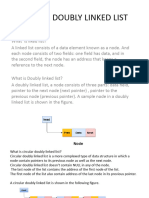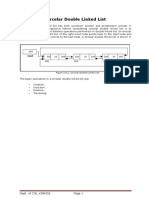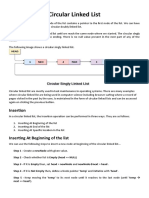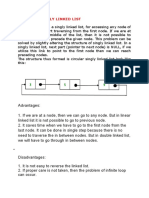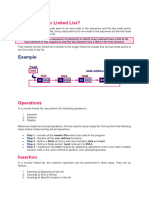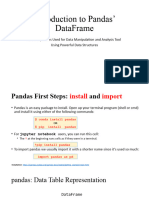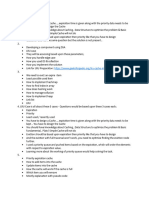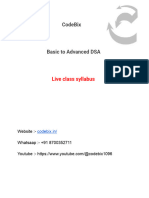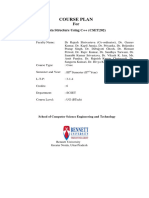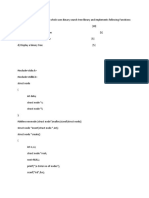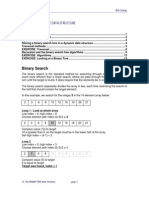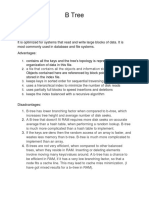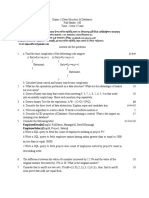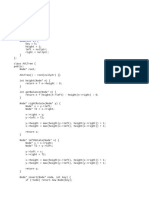0% found this document useful (0 votes)
0 views57 pagesDouble and circular linked list
The document discusses data structures focusing on doubly linked lists and circular linked lists, highlighting their advantages and operations. Doubly linked lists allow traversal in both directions and improve efficiency for certain operations, while circular linked lists eliminate null references and simplify programming by linking the last node back to the first. It also covers insertion and deletion methods for both types of lists, along with their applications in various scenarios.
Uploaded by
Sivam ChinnaCopyright
© © All Rights Reserved
We take content rights seriously. If you suspect this is your content, claim it here.
Available Formats
Download as PPT, PDF, TXT or read online on Scribd
0% found this document useful (0 votes)
0 views57 pagesDouble and circular linked list
The document discusses data structures focusing on doubly linked lists and circular linked lists, highlighting their advantages and operations. Doubly linked lists allow traversal in both directions and improve efficiency for certain operations, while circular linked lists eliminate null references and simplify programming by linking the last node back to the first. It also covers insertion and deletion methods for both types of lists, along with their applications in various scenarios.
Uploaded by
Sivam ChinnaCopyright
© © All Rights Reserved
We take content rights seriously. If you suspect this is your content, claim it here.
Available Formats
Download as PPT, PDF, TXT or read online on Scribd
/ 57


































